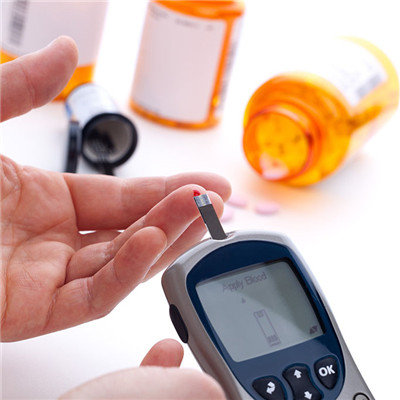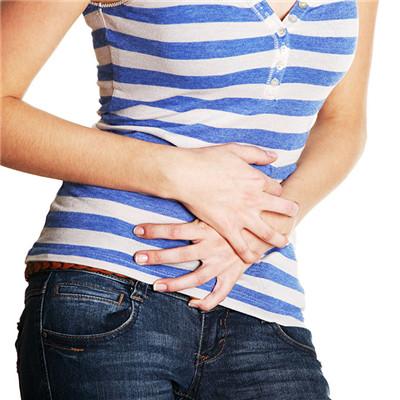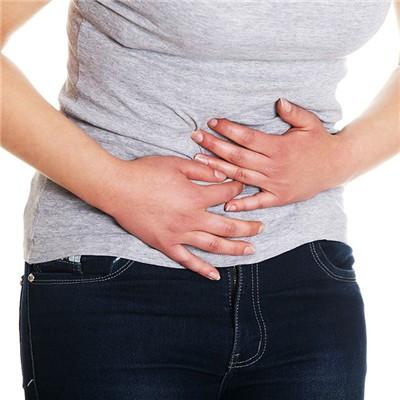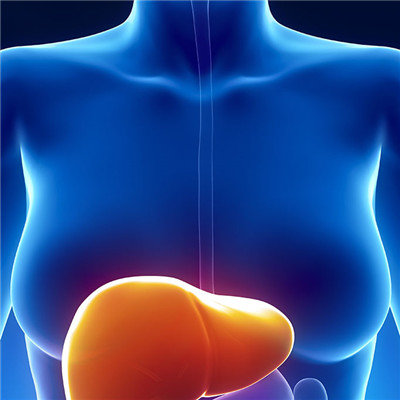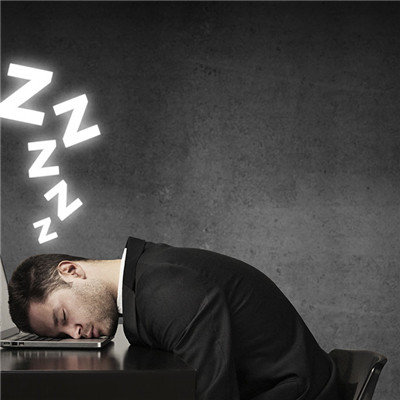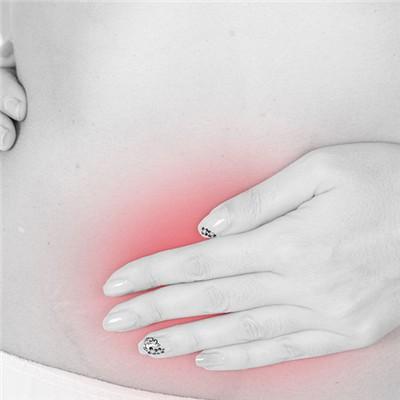Symptoms of coronary syndrome
summary
The shape of the heart is like an inverted cone with slightly flat front and back. If it is regarded as the head, the coronary artery located at the top of the head and almost around the heart is like a crown, which is the origin of its name. The coronary artery is the artery that supplies blood to the heart. It starts from the aortic root in the aortic sinus and runs on the surface of the heart. According to Schlesinger's classification principle, the distribution of coronary artery was divided into three types: 1. Right dominant type; 2; 2. Balanced type; 3. Left dominant type. Symptoms of coronary syndrome? Let's talk about it
Symptoms of coronary syndrome
The typical manifestations are paroxysmal retrosternal stuffy pain, compression or pressure, burning sensation, which can radiate to the left upper arm, mandible, nape, shoulder, etc., accompanied by sweating, nausea, dyspnea, asphyxia, and even syncope. The atypical manifestations are toothache, sore throat, epigastric pain, dyspepsia, chest acupuncture pain or only dyspnea.
Symptoms of unstable angina pectoris: the nature of chest pain or chest discomfort is similar to that of typical stable angina pectoris, but the pain is more severe, often lasting for up to 30 minutes, occasionally occurring during sleep. Only transient or incomplete relief of chest pain occurs after bed rest and taking nitrate drugs
Symptoms of myocardial infarction: the location and nature of the pain are the same as angina pectoris, but it often occurs in quiet or sleep. The degree of pain is severe and the range is wide. The duration can be as long as several hours or days. Rest or nitroglycerin tablets can not relieve the pain. The patient is often restless, sweating, scared, and has a sense of dying
matters needing attention
In acute stage of AMI, bed rest should be the main method. For patients with stable hemodynamics and no complications, they can rest in bed for 1-3 days according to their condition. Generally, they can sit beside the bed and defecate on the second day. The bed rest time of patients with unstable condition and high risk can be extended appropriately. Avoid excessive tension, anxiety, excitement and fatigue, pay attention to keep the stool unobstructed, constipation should be appropriate catharsis, must not excessive force defecation, so as to avoid inducing myocardial ischemia, arrhythmia and even heart rupture.

